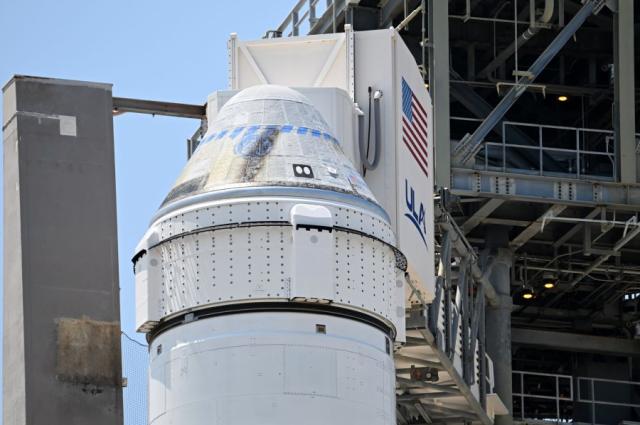NASA’s InSight lander, which began its Mars mission on November 26, 2018, has continued to provide valuable data even after its power depletion and subsequent retirement in December 2022.

InSight’s Mission and Achievements
The primary objectives of InSight, short for Interior Exploration using Seismic Investigations, Geodesy, and Heat Transport, were to gather information about Mars’ internal structure, seismic activity, and meteorite impact frequency. Despite its mission ending, InSight’s contributions persist through ongoing observations by other spacecraft. During its operational period, InSight traveled approximately 300 million miles over 6½ months from Earth to Mars. Equipped with a robotic arm and a built-in camera, it deployed a heat probe and seismometer to collect data. Throughout its mission, InSight detected meteorite impacts and recorded over 1,300 marsquakes, significantly enhancing our understanding of the Red Planet’s geological activity.
The Final Days and Continued Impact
As the mission progressed, dust accumulated on InSight’s solar panels, gradually reducing its power supply. Nevertheless, the lander outlasted its initial mission duration by two Earth years. In its final days, NASA shared a poignant farewell message from InSight on social media, expressing gratitude for its productive and serene time on Mars. “My power’s low, so this may be the last image I can send. Don’t worry about me though: my time here has been both productive and serene. If I can keep talking to my mission team, I will – but I’ll be signing off here soon. Thanks for staying with me.”
In December 2022, InSight sent its last image, and despite being declared “dead” by various news outlets, its legacy lives on. The Mars Reconnaissance Orbiter (MRO), a spacecraft launched in 2005 and still operational, recently captured an image of InSight on the Martian surface. This image allows scientists to study how quickly dust accumulates on the lander’s site, providing insights into the age of other surface features and disturbances on Mars.
Insight’s Contributions For Ongoing Missions
The MRO, known for its high-resolution imaging capabilities, continues to be a crucial asset for Mars exploration. It has significantly outlasted its expected lifespan and is projected to remain functional for several more years. The MRO’s ability to take detailed images, such as those of a vast Martian canyon, ensures that the contributions of InSight and other missions are continually recognized and analyzed. InSight’s mission director, Laurie Leshin, highlighted the enduring impact of the lander at the time of its retirement, stating, “InSight has more than lived up to its name. Yes, it’s sad to say goodbye, but InSight’s legacy will live on, informing and inspiring.” This sentiment remains true as InSight’s data continues to influence and inspire future Mars research.

Future Prospects
The information gathered by InSight has not only expanded our knowledge of Mars but also set the stage for future missions aimed at uncovering more about the planet’s past, present, and potential for supporting life. As NASA and other space agencies prepare for upcoming missions, the groundwork laid by InSight will undoubtedly serve as a valuable reference point, ensuring that the legacy of this pioneering lander endures. Through the ongoing efforts of the Mars Reconnaissance Orbiter and the continued analysis of InSight’s data, the mission’s impact persists, demonstrating the lasting value of space exploration and the relentless pursuit of knowledge.
